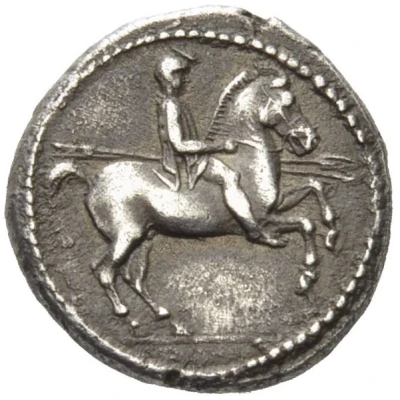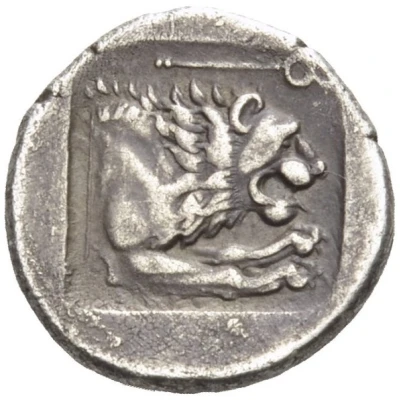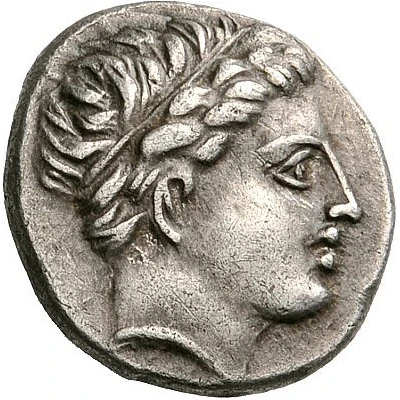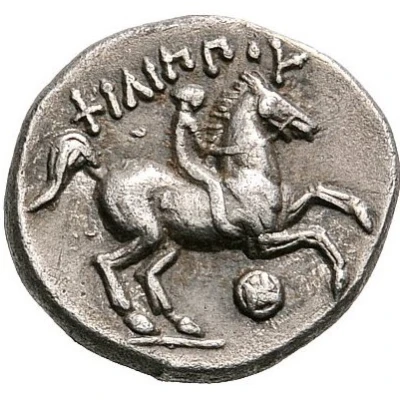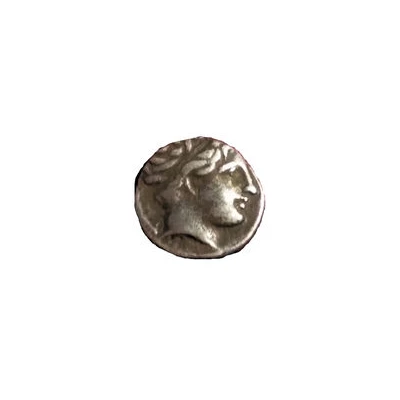
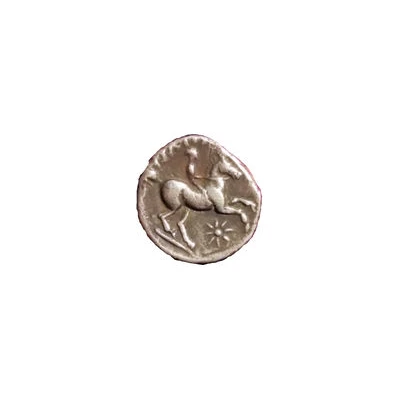

© KAISERKILLERfr08
Tetrobol - Philip III Arrhidaeus 323 BC - 315 BC
| Silver | 2.51 g | 12 mm |
| Issuer | Kingdom of Macedonia |
|---|---|
| King | Philip III Arrhidaeus (323 BC - 317 BC) |
| Type | Standard circulation coin |
| Years | 323 BC - 315 BC |
| Value | Tetrobol (⅔) |
| Currency | Drachm |
| Composition | Silver |
| Weight | 2.51 g |
| Diameter | 12 mm |
| Shape | Round (irregular) |
| Technique | Hammered |
| Demonetized | Yes |
| Updated | 2024-10-10 |
| Numista | N#104158 |
|---|---|
| Rarity index | 94% |
Reverse
Horse mounted rushing to the right, on a line of exergue; Below, the Macedonian star with eight lines
Lettering: ΦΙΛΙΠΠOY
Edge
Rough
Comment
This type is sometimes said to be a fifth of a statere.Numerous issue markings (various symbols or objects, letters and monograms) exist for the reverse.
Interesting fact
The Tetrobol coin was used during the reign of Philip III Arrhidaeus, who was a king of Macedonia and a member of the Argead dynasty. Despite being made of silver, the Tetrobol was not a high-denomination coin, and its value was equivalent to about 1/4 of a drachma, which was the standard unit of currency in ancient Greece. Despite its relatively low value, the Tetrobol was still an important coin in the ancient Greek economy, as it was widely used for everyday transactions and was a symbol of the Macedonian Empire's wealth and power. Today, the Tetrobol is a highly sought-after collector's item among numismatists and historians, and it provides valuable insights into the economic and political systems of ancient Greece.
